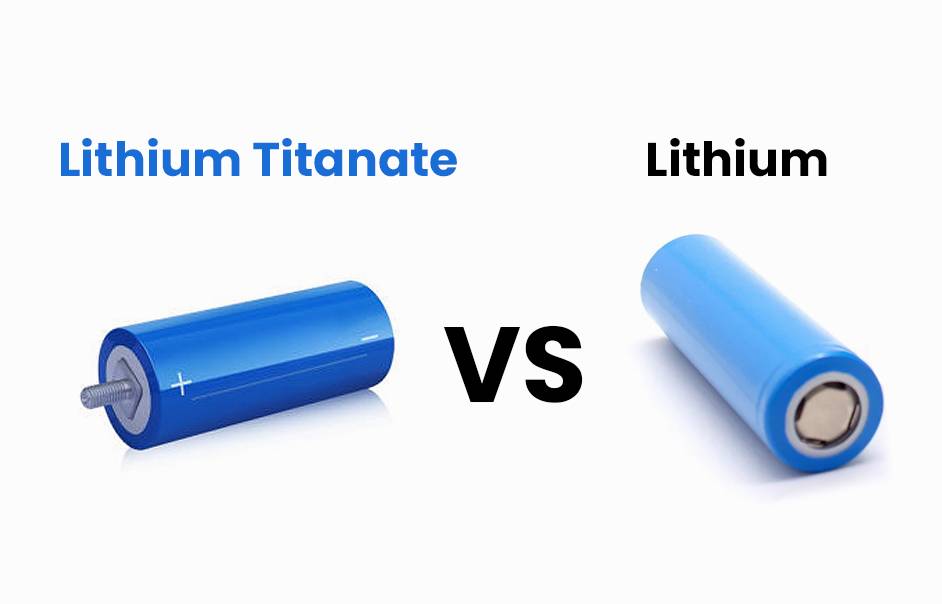Leonardo Jordan
Member

When it comes to powering our devices, lithium titanate and LiFePO4 batteries are contenders for the title of “The Ultimate Battery.” In this showdown, we’ll explore the strengths and weaknesses of these advanced energy storage technologies. So, buckle up, folks! It’s time to settle the score: Lithium Titanate Battery (LTO) vs LiFePO4 Battery – Which is Better? Let’s dive in!
- Chemical Composition:
- Lithium Titanate batteries use lithium titanate as the anode material.
- LiFePO4 batteries utilize lithium iron phosphate, setting them apart in terms of chemical composition.
- Voltage Output:
- Lithium Titanate batteries typically operate at a lower nominal voltage of 2.4 volts per cell.
- LiFePO4 batteries, in contrast, have a higher nominal voltage at 3.2 volts per cell.
- Charging and Discharging:
- Lithium Titanate batteries allow rapid charging and discharging without compromising efficiency or lifespan.
- LiFePO4 batteries offer good charging rates but may experience reduced capacity with continuous high discharge rates.
- Cycle Life:
- Lithium Titanate batteries shine with an impressive cycle life of up to 20,000 cycles, ideal for demanding applications like electric vehicles.
- LiFePO4 batteries provide excellent longevity with around 2000-5000 cycles under normal conditions.
- Safety Features:
- Lithium Titanate batteries are known for extreme stability, exhibiting low thermal runaway potential even under challenging conditions.
- LiFePO4 batteries are recognized for superior thermal stability and resistance against overheating or combustion, ensuring safety.
Pros and Cons of Lithium Titanate Batteries (LTO)
Lithium titanate batteries offer distinct advantages and drawbacks in the realm of energy storage. Let’s break down their pros and cons: Lithium Titanate Battery vs LiFePO4 Battery
- Long Lifespan:
- Advantage: Lithium titanate batteries boast an extended lifespan, enduring numerous charge-discharge cycles without significant capacity loss. This makes them ideal for applications requiring frequent cycling.
- Fast Charge Rate:
- Advantage: These batteries exhibit a rapid charge rate, facilitating quick recharges in situations where time is a critical factor.
- Exceptional Safety:
- Advantage: Lithium titanate batteries are highly stable, reducing the risk of thermal runaway or combustion. This enhanced safety profile is advantageous, especially in applications prioritizing safety.
- Lower Energy Density:
- Drawback: Lithium titanate batteries have lower energy density compared to certain lithium-ion counterparts like LiFePO4. This limitation makes them less suitable for applications demanding sustained high-energy output.
- Cost Considerations:
- Drawback: While prices have been decreasing, lithium titanate batteries remain relatively more expensive than other battery technologies, impacting their widespread adoption.
- Environmental Impact:
- Advantage: Lithium titanate batteries do not contain heavy metals or toxic materials. However, their manufacturing processes may still have some negative environmental effects due to resource extraction and production emissions.
